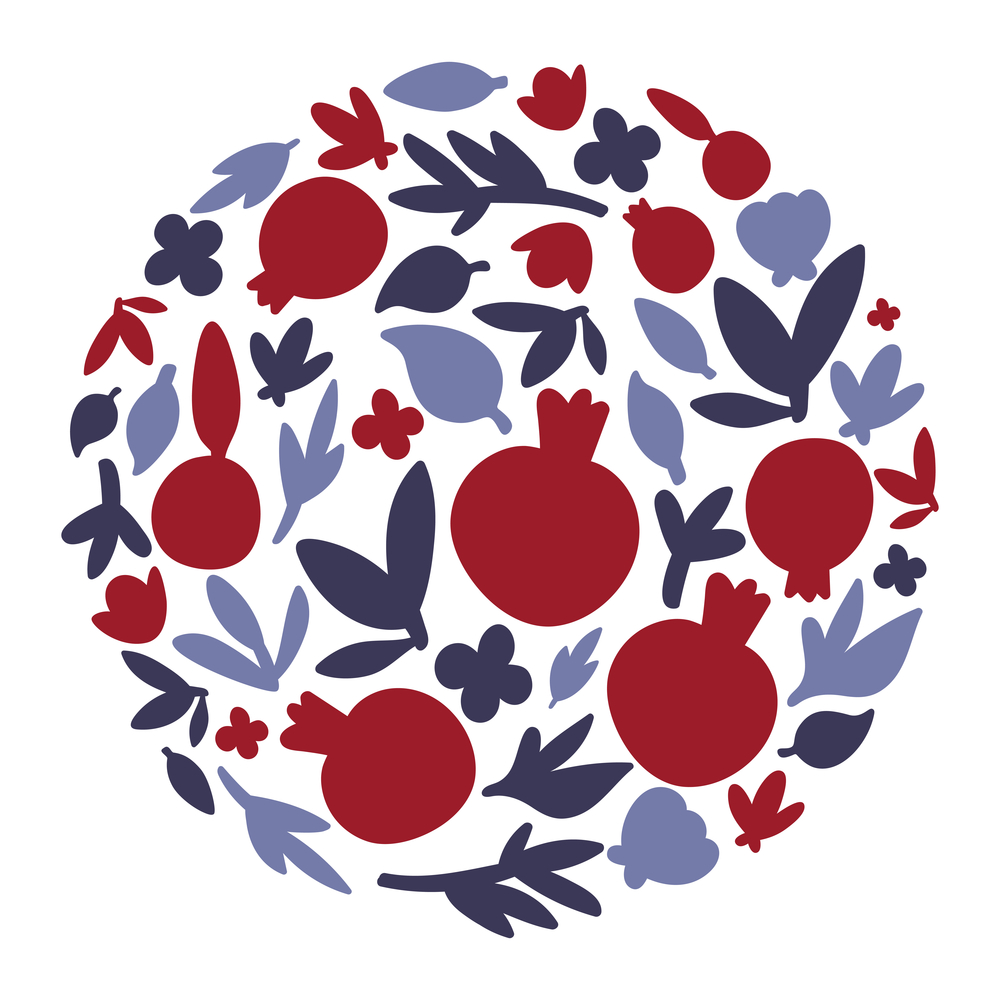by Kathy Goff, EdD
Companion planting is an inexpensive, planet-friendly long term organic solution to providing natural insecticides and fungicides for your cannabis plants. Marijuana responds to companion planting with more vigorous growth, greater resistance to disease and pests and heavier yields with more essential oil production.
Companion planting has a long history going back some 10,000 years. Some of the earliest examples of companion planting were pioneered by Native American tribes. The Three Sisters of corn, beans and squash were always interplanted. Companion planting of these three crops helped each other thrive.
The corn gave stability to the bean vines which wrapped around the long stalks. In return, the beans would fortify nitrogen levels in the roots which increase growth and yields. When planted with squash, the squash’s spiny nature would keep predators away as well as regulate moisture levels in the soil.
Companion planting with cannabis works in very much the same way. By creating its own micro-ecosystem, crops that are companion planted grow stronger, produce higher yields and have fewer problems with pests. This is called “permaculture” where you create a natural ecosystem in order for plants to grow as healthy and strong as possible without the need for harmful chemicals to boost plant growth or deter harmful insects.
Pests control is one of the benefits of companion gardening. Herbs such as basil, cilantro, and dill can help prevent unwanted pests from eating away at your plants. Companion plants, such as alfalfa, beans, chickweed offer added nourishment for growing cannabis.
Camouflage is another advantage of companion planting. By growing some tall, leafy companion plants, you can hide your cannabis plants and nourish them at the same time. Hiding the smell of cannabis plants are already easily achievable with the help of aromatic herbs and flowers like jasmine, basil, lavender, and mint.
Some plants give off specific elements that add additional nutrients to the soil. These nutrients are then be converted by the beneficial microbes that make stronger and healthier plants. Some plants, such as chamomile and yarrow, increase production of oil in your cannabis plants, ensuring buds that are richer in resin content. Companion planting has many practical applications that can be tailored to meet your cultivation needs.
Let’s look at some specific plants that benefit the soil. Beans are a great way to supplement nitrogen. Beans absorb nitrogen from the air and transforms it into nitrites that are easily absorbed by cannabis plants. Alfalfa is called the “king of foods”, it fixes nitrogen and accumulates iron, magnesium, potassium and phosphorous. Alfalfa’s deep roots help break up the soil, increasing water penetration and retention and slowing evaporation.
Red and white clover are two of the best companion plants on the planet. They fix environmental nitrogen in their roots which help feed nitrogen to neighboring plants. The complex root structures also help create natural drainage. This allows water to more easily penetrate the soil.
Chamomile delights honeybees and hoverflies while repelling mosquitoes and whiteflies. It captures calcium, sulphur and potassium which become embedded in the soil. Spraying chamomile tea on seedlings will also keep fungal infections from occurring.
Companion plants provide valuable assistance in deterring pests. Many of these plants have strong odors that repel insect pests. Basil is called the king of herbs. Its sweet aroma deters aphids, mosquitos, and whiteflies. Lemon balm repels mosquitoes and gnats while attracting beneficial pollinators. It also tends to infuse other plants near it with a distinctive citrus taste. Dill attracts honeybees and beneficial wasps. Spider mites despise it as do aphids and squash bugs.
Several herbs can be used to attract beneficial insects while keeping pests at bay. Lavendar attracts bees while repulsing fleas, ticks. aphids and spider mites. Peppermint repels ants, fleas and aphids while attracting beneficial bugs. Cilantro and sage keep aphids, spider mites and beetles away.
A couple of beneficial flowers are marigolds and sunflowers. Marigolds attract beneficial nectar-eating insects while repulsing aphids, whiteflies, mosquitos, beetles and nematodes. Their powerful smell is a chemical that is also released into the soil.
Sunflowers attract aphids and whiteflies as well as ladybugs and hummingbirds that eat them. Their roots are a great addition to compost and are great for the soil. Their roots are so effective that they are used to filter grey water and are even being used to process irradiated water at Fukushima.
A couple of beneficial vegetables are chili peppers and garlic. Chili peppers deter large pests like deer, rabbits and mice as well as insects. The peppers can be dried, ground to a powder and used to sprinkle around the plants or made into a spray insecticide/pesticide. Garlic is a natural fungicide as well as pesticide. It deters large and small pests and protects against disease. Garlic can be planted near cannabis or used topically in a spray for spot treatments.
If you’re going to be companion planting outdoors, you can plant one or many different companions near your cannabis plants. The distance between the companion plants and your marijuana plants will depend on the reason you’re using that particular plant. For example, if you are trying to hide your garden, you might want to grow it around the perimeter of your garden rather than next to your plants. On the other hand, if you’re going to be using companions to help provide nutrients, then it’s fine to grow them right next to the cannabis plant.
When it comes to growing indoors, you can grow some companions in the same pot. Alfalfa is a perfect example of this. It doesn’t need a whole other pot. However, if you want to ward off pests by growing basil, it might be good to have a few scattered around the grow room.
Age old methods of cultivation are coming full circle. With growers looking for more natural ways to cultivate cannabis, companion planting is a safe and effective method of achieving that goal.




